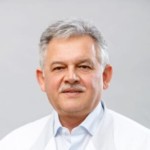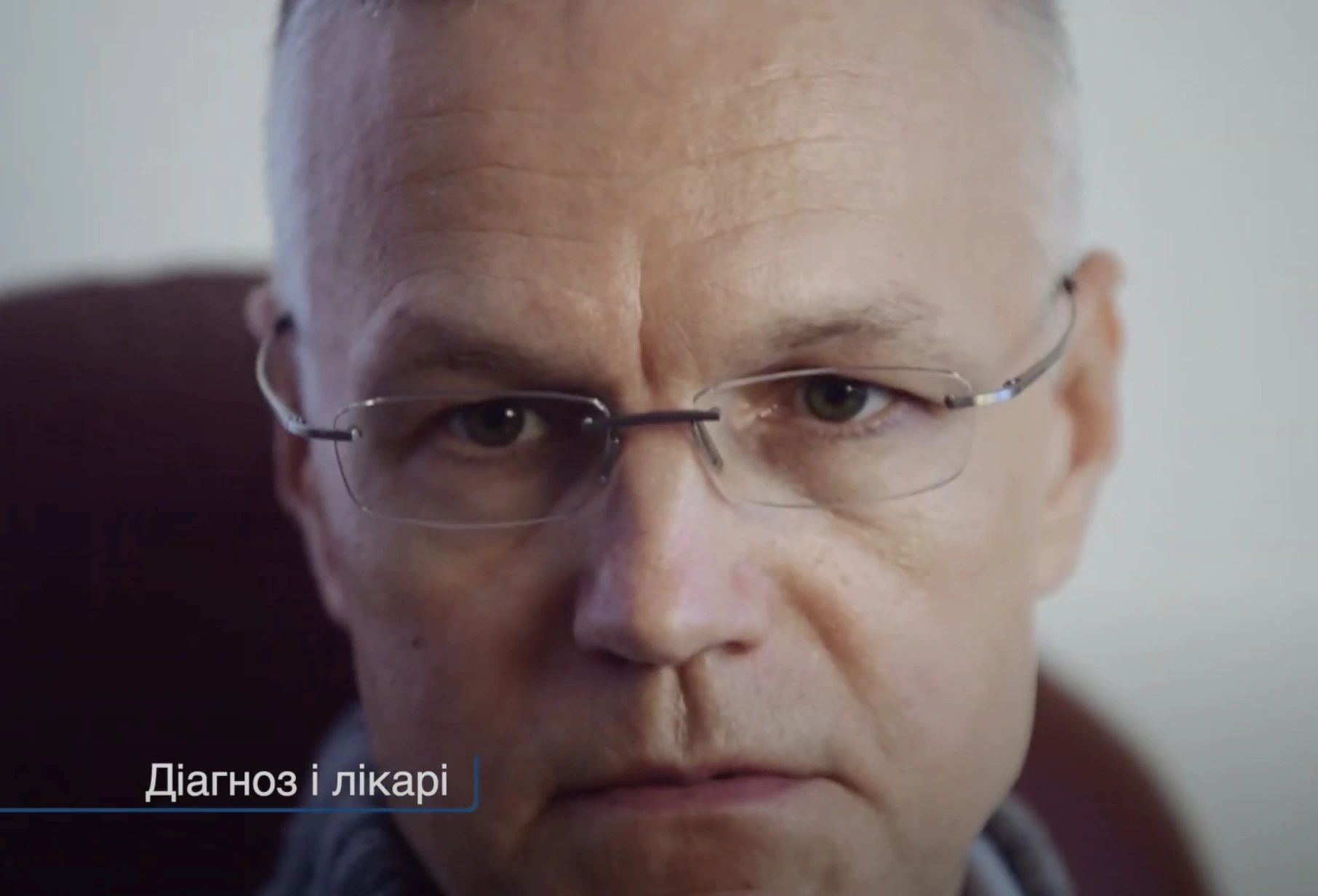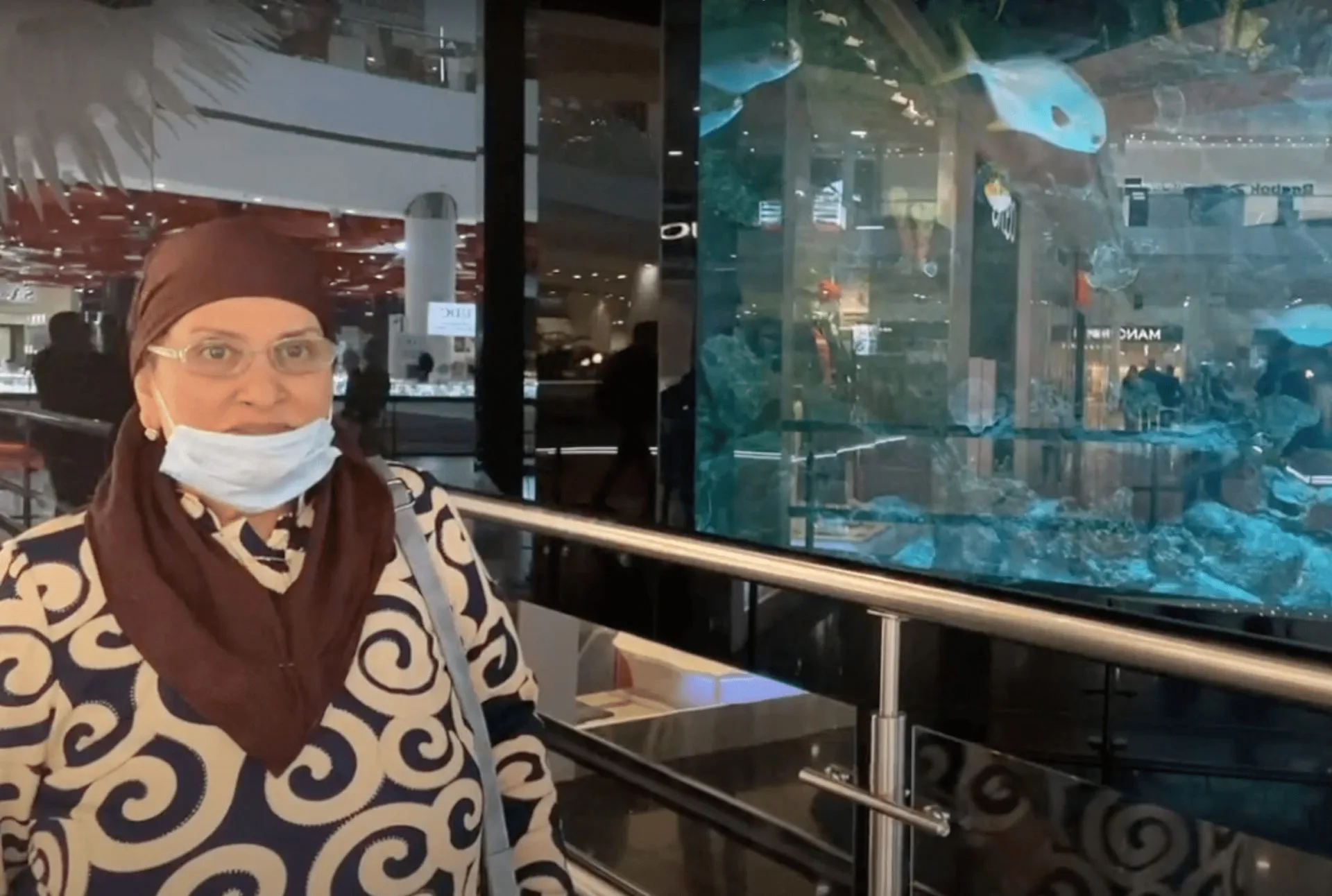Clinics of Republic of Korea
South Korea – a developed center for international medical tourism. Qualified doctors with extensive clinical experience, the use of modern technologies, as well as high-quality and inexpensive medical services annually attract thousands of patients from various countries to this country.
According to the Healthcare Research Center’s Medical Tourism Index 2020-2021 (MTI), South Korea is ranked 14th out of the 46 most popular medical tourism destinations, overtaking countries such as Italy, Portugal and China. The number of foreign patients coming to South Korea for treatment is growing steadily, increasing by 20% every year.
MedTour patients recommend clinics in Republic of Korea:
Frequently Asked Questions
The cost of diagnosis and treatment can vary greatly. It will depend on the nature of the diagnostic and therapeutic procedures performed, the pricing policy of the clinic, the need for hospitalization and other factors.
Examples of prices for treatment in South Korea:
- MRI (one area of the body) – from $600;
- Angiography – from $3 800;
- CT scan (one area of the body) – from $260;
- Ultrasound examination – from $100;
- Check-up (examination of the whole body) – from $500;
- Breast cancer surgery with breast reconstruction – from $45 000;
- Mastectomy – from $9 000;
- Breast augmentation – from $5 700;
- Rhinoplasty – from $6 350;
- Abdominoplasty – from $6 300.
On a trip, it is worth taking with you all the medical documentation: doctor’s notes, test results, disks with CT or MRI. The medical coordinator of the MedTour company will help to collect the necessary documents.
South Korean customs authorities allow small quantities of medicines for personal use as long as they are kept in carry-on baggage. It is also recommended that you bring your prescription in English for all your prescription and over-the-counter medications so that your treatment is not interrupted.
The coronavirus pandemic has had an extremely negative impact on the tourism industry. Few countries have implemented effective protocols to contain the COVID-19 outbreak, enabling them to become key players in the medical tourism market. One of them is South Korea.
The country used surveillance footage, smartphone location data and credit card information to track coronavirus patients and identify chains of transmission. This tough three-pronged strategy helped South Korea defeat the outbreak within 6 weeks without introducing a lockdown. Later it was adopted by other developed countries of the world.
South Korea is currently one of the safest travel destinations. To enter the country, you must present a full certificate of vaccination, a negative PCR test, or go through a two-week quarantine. In addition, all arriving patients undergo a mandatory medical examination, which includes a body temperature check, a visual assessment and filling out a well-being questionnaire.
Most Korean doctors have been trained in the US and European countries, so many of them speak fluent English. If you do not speak English, the clinic will provide an interpreter free of charge who will accompany you to diagnostic and therapeutic procedures, as well as translate the conclusions and prescriptions of the doctor.
Features of medical tourism in South Korea
As part of the development of the medical tourism industry, the country’s Ministry of Health has taken a number of the following measures:
- Since 2009, all clinics serving foreign patients are subject to mandatory state registration. Each of them is checked for the quality and safety of medical care.
- Every effort is being made to improve the financial transparency of healthcare services. For organizing illegal intermediary services, they are punished with imprisonment up to 3 years or a fine of up to $27 000.
- The Korea Accreditation Program for Hospitals for Medical Tourists (KAHF) has been introduced, which evaluates the quality of services provided by clinics.
- South Korean medical centers are actively undergoing JCI accreditation. Currently, 27 hospitals in the country have received this prestigious certificate.
- Noting the potential of the medical tourism industry, the South Korean government is allocating significant public funds for its development.
Benefits of Korean clinics
South Korea is one of the most technologically advanced countries. This was reflected in the field of medicine. Korea is currently a major exporter of medical equipment, including surgical implants and diagnostic imaging machines. The most modern medical devices and the latest technologies are used in Korean clinics. The country ranks third in terms of the number of CT scanners per million population, behind only Japan and the United States.
Additional advantages of clinics in Korea:
- High quality medical care. The use of progressive treatment protocols allows Korean doctors to achieve success even in the most difficult cases. Survival of patients after cancer treatment is the highest in the world.
- Qualification of medical personnel. Most Korean doctors are internationally accredited. As part of continuing education, all members of the Korean Medical Association must undergo additional training, including seminars, online lectures, publications in scientific journals, participation in national and international symposia and conferences.
- The ability to combine the achievements of standard and alternative medicine. In multidisciplinary Korean clinics, they use not only state-of-the-art therapeutic protocols, the effectiveness of which is recognized throughout the world, but also the methods of oriental medicine. A combination of these approaches often produces very good results.
- International tourism centers. Most South Korean hospitals have overseas patient departments with English-speaking medical coordinators.
In terms of the level of medical care, South Korea is among the world leaders in the field of medical tourism.
Check-up in South Korea
Check-up is a comprehensive examination of the body with the aim of early detection of diseases or a tendency to them. The Ministry of Health of Korea obliges all citizens of the country to undergo preventive examinations annually. Therefore, the clinics have created special diagnostic centers with modern equipment, and Korean doctors have extensive experience in the early detection of various diseases.
A complete examination of the body in Korean clinics can include up to 60 different procedures. For the convenience of patients, basic packages have been created that involve checking the main organs and systems. There is no need to make an appointment with doctors or waste time waiting in queues. The diagnostic program is clearly planned. After the examination, the doctor conducts a final consultation, at which he evaluates the results of the passed tests, makes recommendations and, if necessary, prescribes additional studies. The patient receives all medical records by e-mail.
In addition to standard diagnostic packages for men, women, children and the elderly, if indicated, the doctor may recommend a narrow-profile examination:
- Digestive system;
- Cardio-vascular system;
- Respiratory system;
- Brain;
- Spine and joints;
- Oncological check-up.
Innovative treatments in South Korea
Korean clinics are equipped with the most modern equipment, and the doctors are highly qualified and have extensive clinical experience. The Ministry of Health of Korea strictly monitors compliance with the requirements for the quality and safety of diagnostics and treatment, therefore, medical care in the country is at a high level.
Cancer treatment in South Korea
The country’s government pays great attention to the fight against cancer and the development of new, effective methods of anticancer therapy. Korea is gradually taking the leading positions in the world in robotic surgery of malignant tumors. Every year, doctors from Japan, Taiwan and many other countries come to the National Cancer Center to learn from the experience of Korean surgeons.
Additional benefits of oncology treatment in Korea:
- Korean clinics use the most modern methods of treating breast, stomach, liver, prostate, uterus, and rectal cancers. Doctors have also made great strides in the treatment of malignant brain tumors, leukemia, and lymphoma.
- Medical centers have high-tech diagnostic equipment that makes it possible to detect neoplasms at the earliest stages, as well as conduct preoperative planning and monitoring the effectiveness of treatment.
- The National Cancer Center carries out proton therapy, one of the most advanced cancer treatments. Irradiation with protons, which are 1 800 times heavier than electrons, makes it possible to focus the effects of radiation on tumors without affecting healthy surrounding tissues.
- In their practice, Korean oncologists actively use the methods of personalized anticancer therapy. Based on the results of molecular diagnostics of the tumor, they select an individual treatment for each patient.
All this allowed Korean doctors to achieve a high survival rate of cancer patients. For many types of cancer, rates are even higher than in Germany and the United States. The median five-year survival rate after treatment in Korea is:
- With thyroid cancer – 35%;
- With breast cancer – 95,2%;
- With prostate cancer – 91,9%;
- With kidney cancer – 78,6%;
- With colorectal cancer – 73,9%;
- With stomach cancer – 68,4%.
Neurosurgery in South Korea
Neurosurgery is one of the most advanced medical fields in Korea. Every year, specialized medical centers perform thousands of operations on the brain and spinal cord. Here, aneurysms, arteriovenous malformations, brain tumors, hydrocephalus, complex spinal injuries and other neurological problems are effectively treated.
The benefits of neurosurgery in Korea include:
- Application of minimally invasive treatment methods that do not require long-term recovery;
- Use of high-tech equipment such as modern neuronavigation systems and powerful surgical microscopes;
- Extensive experience of Korean neurosurgeons who perform hundreds of complex operations;
- Affordable cost of treatment with a quality that is not inferior to medical centers in the USA and Europe.
In their work, Korean neurosurgeons use progressive methods of treatment using equipment:
- C-arm – an intraoperative X-ray system that allows monitoring the process of surgical intervention in real time.
- Stealtstation S7 – a 7th generation navigation station, thanks to which all types of medical imaging (MRI, CT, X-ray, ultrasound) can be used during the operation.
- Zeiss Opmi Pentero – a powerful multifunctional neurosurgical microscope designed for surgical interventions on fine structures through deep canals.
- Da Vinci Robot – a robotic surgical system that can be used to perform complex minimally invasive operations that require high precision.
- Gamma Knife – a device that allows doctors to remove tumors of the brain and spinal cord without a scalpel. Thanks to the precise directionality of the radiation, healthy tissue is not damaged.
Microsurgery in Korea
Microsurgery is one of the strengths of Korean medicine. Doctors use powerful surgical microscopes for replantation (engraftment of amputated body parts), microvascular transplantation, and stitching of damaged nerves and blood vessels.
Korean surgeons have achieved particular success in hand microsurgery. Clinics in Korea carry out:
- Surgical treatment of all types of injuries of the hand, wrist and forearm;
- Complete microsurgical reconstruction of the upper and lower extremities;
- Tendon and nerve transplantations;
- Surgical treatment of compression neuropathy of the upper and lower extremities;
- Correction of all types of fractures of the hand, wrist and forearm;
- Rescue surgery of the hand and wrist;
- Correction of rheumatoid deformities;
- Removal of tumors, surgical reconstruction after resection of soft tissue sarcoma.
Ophthalmology in Korea
It is one of the most popular medical tourism destinations in South Korea. Ophthalmologists in Korean clinics widely use eye microsurgery methods. With the help of intraoperative electron microscopes, vision correction is carried out here, as well as the treatment of cataracts, glaucoma, retinal detachment, strabismus and other ophthalmic diseases.
Compared to traditional methods, eye microsurgery in Korea has a number of undeniable advantages:
- Possibility of safe manipulation in confined spaces with minimal risk of damage to the sensitive structures of the eye.
- Full control over the procedure due to a multiple increase in the operating field and computer processing of the resulting image.
- The ability to perform bloodless surgery using a laser: incisions are performed in areas with a minimum number of vessels with simultaneous coagulation of the edges of the surgical wound.
- Possibility to carry out operations in one day mode under short-term anesthesia.
- Minimal trauma of the procedure, due to which the patient recovers as soon as possible.
- Eye microsurgery in Korea is suitable even for those patients for whom, due to severe chronic diseases, conventional surgery is contraindicated.
Plastic surgery in South Korea
South Korea is the country with the highest number of plastic surgeons per population in the world. In Seoul alone, which is often called the world capital of plastic surgery, more than a million facial corrections are performed every year. In Korea, there are entire neighborhoods of “beauty clinics” in which experienced, highly specialized surgeons operate.
A huge number of patients from overseas come to Korea for plastic surgery. Most of all they are attracted by:
- Highly qualified and rich clinical experience of Korean plastic surgeons. Korea is the world center for plastic surgery training. Doctors from leading medical centers in the USA and Europe take advanced training courses here.
- Safety and high quality of medical services. Korean plastic surgery clinics are controlled by the Ministry of Health and Welfare. Many of them are JCI accredited. Due to the great competition, medical centers try to offer their clients the best service.
- Application of innovative technologies. Korean doctors use the latest medical equipment from Samsung, Hyundai, LG. Most operations are performed using lasers and endoscopic instruments, which allows patients to avoid wasting time on long recovery.
The presence of many specialized aesthetic medicine clinics in Korea allows patients to choose the one that best suits their needs, capabilities and personal preferences.
If you still have questions about treatment in Korea, leave a request on the MedTour website. The medical coordinator will contact you with more information. The medical coordinator will help you choose the best clinic and recommend suitable doctors.
Published:
Updated:


Information on this webpage verified by the medical expert






My mom had a mastectomy at the Samsung medical center. We were very worried, but everything went well. MedTour helped us get to the clinic and hired a transfer. The clinic is of a high class, my mother was pleased with the treatment, the conditions of the ward and the service.